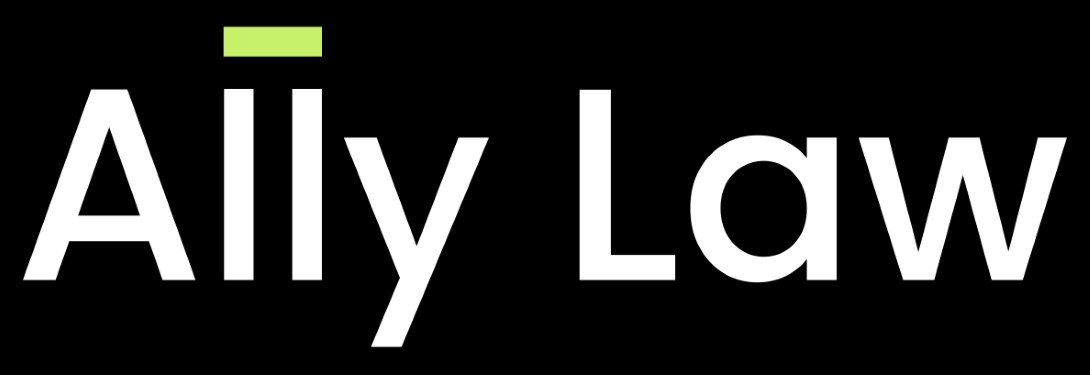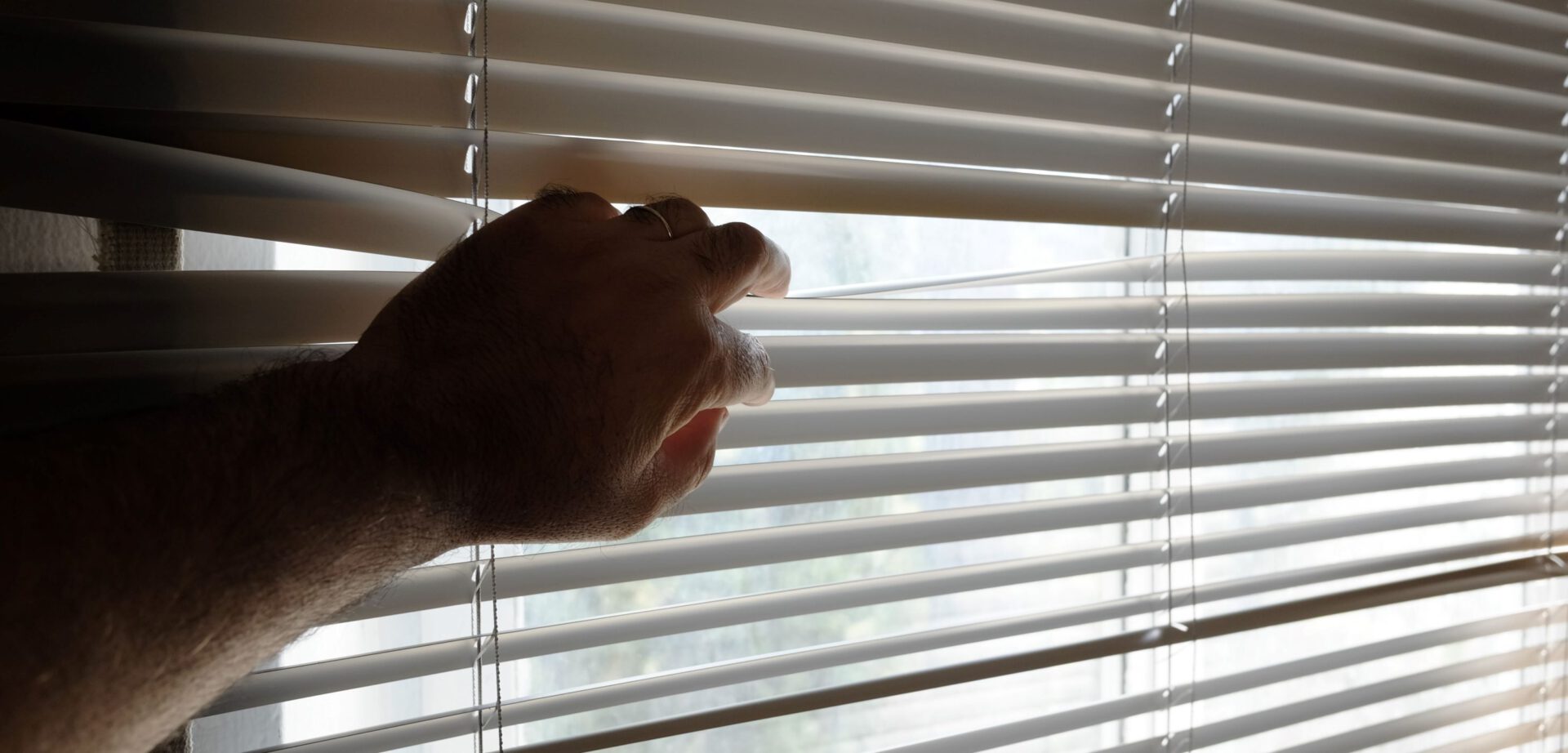By Arthur Chan and Gabriel Brettell
Hong Kong, 5 November 2021: The non-consensual photography of intimate parts (colloquially known as up-skirting) and the recording of others engaging in intimate acts when they have a reasonable expectation of privacy (voyeurism) are acts that should be punished in a civilised society. They offend a person’s privacy and dignity, and may affect the victim’s psychiatric health.
Previously, there was no specific offence in Hong Kong for up-skirting or voyeurism. Depending on the circumstances of each case, such acts were commonly prosecuted under the following offences:
- Loitering contrary to section 160 of the Crimes Ordinance (Cap. 200) with a maximum penalty of imprisonment for two years;
- Disorder in public places contrary to section 17B of the Public Order Ordinance (Cap. 245) with a maximum penalty of a fine at level 2 (or $5,000 at the current level) and imprisonment for 12 months.
Clearly, the above are not specific laws in dealing with the behaviour of up-skirting or voyeurism.
Further, when the offending act occurred in a private place, section 161 of the Crimes Ordinance could be used to charge the offender. However, this provision was narrowed substantially after the Court of Final Appeal ruled in its decision of Secretary for Justice v Cheng Ka Yee & Others [2019] HKCFA 9 that it was not applicable when the accused was using their own computer.
New legislation
England and Wales implemented legislation to make up-skirting a criminal offence in February 2019.
Recognising this lacuna in Hong Kong, the Law Reform Commission published its Report on Voyeurism and Non-consensual Up-skirt Photography in April 2019, leading the government to launch a three-month public consultation in July 2020. The outcome of this exercise is the Crimes (Amendment) Ordinance 2021 (the “Amendment Ordinance”), enacted last month, which introduces a number of new offences under the Crimes Ordinance (Cap.200) that fall generally under the following categories:
- Voyeurism offences, which includes, inter alia, observing or recording an individual engaging in an intimate act or when they can reasonably be expected to be nude; or installing or operating equipment or constructing or adapting a structure for that same purpose (s159AAB);
- Up-skirting and down-blousing offences, which includes, inter alia, recording an intimate part of an individual or operating equipment for that same purpose (s159AAC);
- Offence of publishing images originating from commission of offence under s159AAB(1) or 159AAC(1) (s159AAD);
- Offences of publishing or threatening to publish intimate images (s159AAE); and
- Offence of failing to comply with a disposal order (s159AAO).
Elements of the Offences
Under ss159AAB, 159AAC, 159AAD and 159AAE, it must be proven that the offender disregarded whether the victim consented. According to section 159AAH of the Amendment Ordinance, this means that the offender must either have known that the victim did not consent or was reckless as to whether the victim consented. It is notable that it need not be proven beyond reasonable doubt that the victim did not consent, as is necessary in other sexual offences such as rape. The Report of the Bills Committee on Crimes (Amendment) Bill 2021 two months ago justified this lower threshold by stating that the victim was not as identifiable as those in other sexual offences.
In relation to voyeurism offences, it must be proven that the offender acted “surreptitiously” and that the victim was in “circumstances that gave rise to a reasonable expectation of privacy”. The Report of the Bills Committee on Crimes (Amendment) Bill 2021 referred to the Canadian case of R v Trinchi [2019] O.J. No. 2278, stating that “in the context of the offence of voyeurism, ‘surreptitiously’ meant that the defendant observed or recorded the subject individual with the intent that the subject individual be unaware that the defendant was doing so”. In other words, surreptitiously refers to the intent of the offender rather than the act.
The element of “unreasonable manner” must be proven for down-blousing offences but not for up-skirting offences. Although not expressly stated by those who drafted the Amendment Bill, this added requirement is probably due to the fact that down-blousing holds greater uncertainty than up-skirting and this will allow judges to exercise a wider scope of discretion.
In relation to the offences of publishing or threat of publishing certain images, it must be proven that the victim did not consent to the publishing – as opposed to the recording – of the images.
The law also covers “deep fake” images – photos and films that have been digitally manipulated to place someone’s face on the body of another. Deep fakes, pornographic images and videos created with the use of artificial intelligence can now be taken down with a court order.
Summary
The Amendment Ordinance provides a comprehensive regime to tackle the immoral acts of voyeurism and up-skirting. It also encompasses other acts such as down-blousing and the recording, publishing and threat of publishing intimate images. A balance has been effectively struck between punishing voyeurs and not punishing those who inadvertently observe or record intimate parts of others. Furthermore, the term of up to five years imprisonment for offences provides a custodial punishment proportionate to the wrong perpetrated.
It should also be noted that persons convicted of voyeurism, up-skirting and down-blousing offences will be added to the Sexual Conviction Record Check Scheme which allows employers to vet applicants seeking to work with children or mentally incapacitated persons.
While time will tell how effective the new legislation proves to be, it does appear that the lacuna left by the case of Secretary for Justice v Cheng Ka Yee & Others [2019] HKCFA 9 has been tempered by the Amendment Ordinance.
Arthur Chan has been an Associate with BC&C since 2018. He deals with Criminal Matters while also covering Civil and Commercial Litigation, and handles cases involving personal injury and employment issues. He can be contacted at Arthur@boasecohencollins.com.
Gabriel Brettell earned his law degree in the UK and completed his Postgraduate Certificate in Laws at Hong Kong’s City University. Having gained considerable work experience at law firms in London and Hong Kong, he joined BC&C as a Trainee Solicitor early in 2021. He can be contacted at gabriel@boasecohencollins.com.



